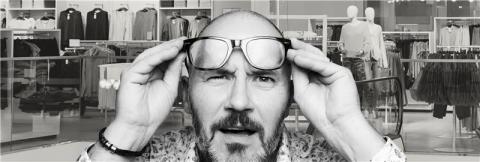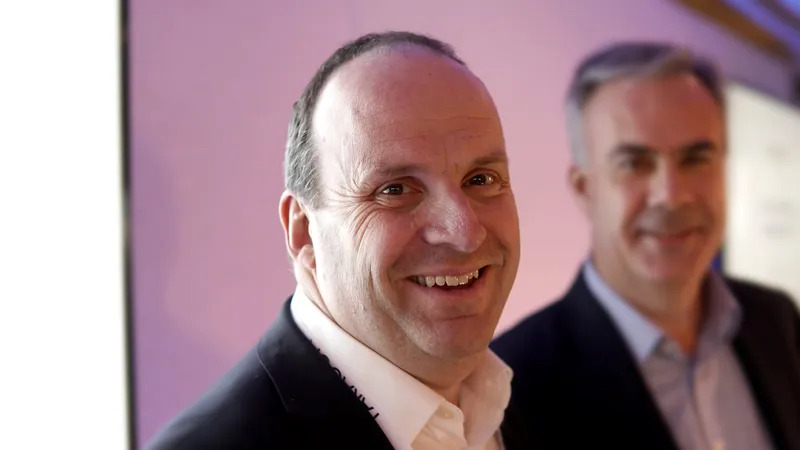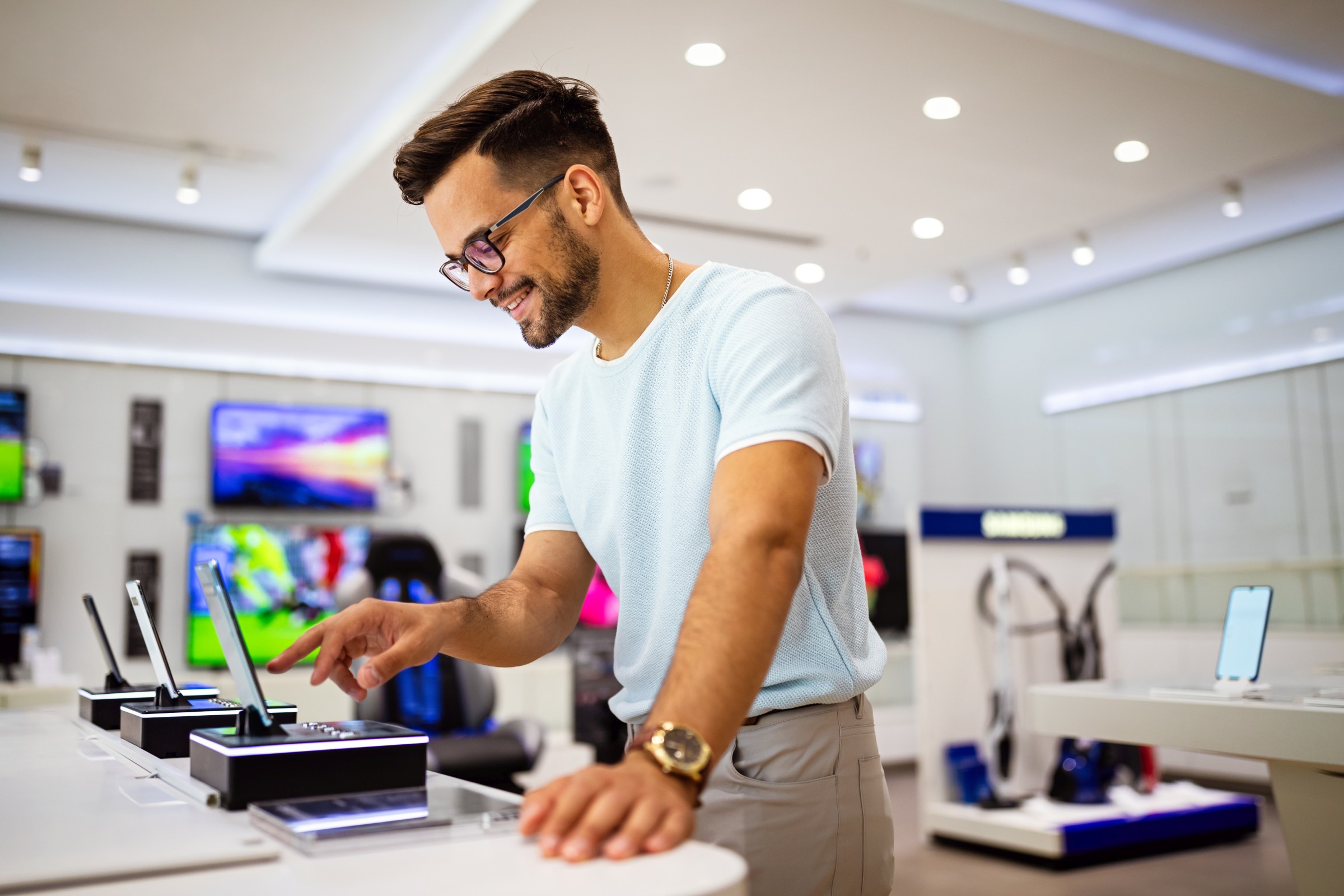Retail evolution

Ian Scott - The Ever Evolving Retail Landscape
Since the global impact of COVID, we have seen elements of retail go through rapid changes and evolution, while other parts have merely returned to how they were before. Such is the way in many aspects of life.
During lockdown, we shifted online, and phrases like "New Normal" forecasted the permanent growth of digital channels and the death of the physical store. However, the power of humans’ instinct for social interaction and centuries of habit saw us return to the physical stores, with statistics that COVID made no impact on the growth of digital as a percentage of retail sales. So, it wasn’t "New Normal", just back to "Normal Normal".
At the same time, AI started to elbow its way into the consciousness of the retail sector, bringing with it a mix of excitement and fear as the new, progressive technology offered countless opportunities to improve efficiency, processes and insights.
I don’t think anything has created such a focal point for almost every department within retailers as AI has in recent years. Its ability to learn and evolve is unique and full of possibilities. It is gratifying to see the conversation evolving beyond AI’s existence and progress, now shifting towards understanding the best ways to implement it for long-term benefit.
From siloed channels to ecosystems
It is also clear to me that the disruption from COVID led to a greater focus on creating cohesive ecosystems for the various channels within retail. The emphasis on omnichannel discussion over the past 5-10 years has helped us all understand that the store, website, app, social media and events can all contribute towards the shopper journey now.
In addition, renewed interest in physical stores led to many progressive brands doubling down on their brick-and-mortar experience, making it the hub of their ecosystem. This makes complete financial sense when looking at how stores are still delivering 80% of retail sales.
However, the maturing of digital channels, including the emergence of social commerce, has created the need to tie everything together. Omnichannel identifies the different channels, but the symbiosis of them all is a better way of focusing on getting everything to work together.
Many retailers have legacy systems and siloed departments, each with independent focus, KPIs, and creative content. This delivers a fragmented customer experience; inconsistent messaging, different product and price offers and ultimately, customer confusion or annoyance.
As the retail ecosystem has matured, there is an immediate need to ensure all aspects work seamlessly together. Customers are too aware of how everything works, and the last thing any brand needs is a suspicious customer starting to analyse cracks in the whole experience. This means that brands must focus on developing, delivering and maintaining one experience, no matter how their audience chooses to browse, explore, engage and purchase. Easy to say, but a lot of hard work and change for those who have not recognised this and instigated a fresh approach.
What is your shopper's mission?
The need to identify shopper needs has never been so important, and this is not an easy task when considering the inconsistent and emotionally driven nature of humans. The customer who loves you one day may leave frustrated after the following visit, despite nothing having changed.
Rather than identify shoppers by classic profiling, such as age, social status, income, and choice of car, it’s more relevant to understand their shopping missions. If you can identify as many missions as possible, you can create solutions that satisfy their needs.
For example, one customer may visit a supermarket at lunch time to buy a meal deal; this mission is all about speed and accessibility. They could return a couple of days later to do the weekly shop, which will be focused on price and value. A third trip to buy ingredients for a dinner party could be all about quality. Same customer, same store, same week. Three completely different priorities.
So, this all adds up to complexity and inconsistency from the shopper insight perspective. But capture this data, and it becomes an opportunity, if you can translate the insight into meaningful solutions that can differentiate in a busy marketplace.
Retail is complex, competitive and ever evolving, but boy, is it exciting and rewarding too. The companies that can get it right will thrive, even if we currently live in the uncertain times of tariffs and constant change!
About Ian Scott
Ian is a highly experienced retail trends speaker, writer and researcher who has worked in retail for over 20 years.
Delivering public and private presentations and keynotes to audiences worldwide at events, his presentation topics cover all aspects of retail, from the latest retail trends, regional variances, sector focus, symbiotic retail and sustainability.
Ian has delivered retail safaris and workshops to many brands including Adidas, Lego, Coca-Cola, GSK, McDonalds and Estee Lauder, and has been selected as one of RETHINK Retail’s Top Retail Influencers of 2024, a group of the most influential and innovative thought leaders making an impact in the retail industry.




